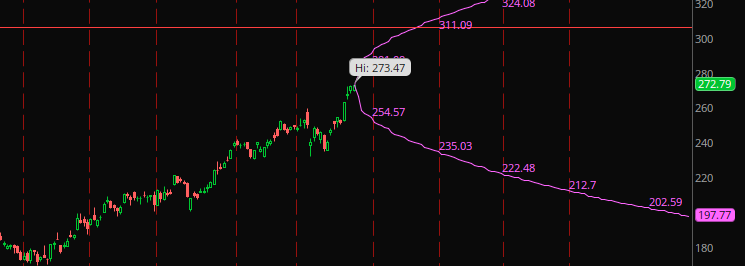
Strong growth was driven by auto AI solutions, which include AI cockpit and self-driving revenue, with particular strength in self-driving as new energy vehicle design wins ramp into volume. Revenue of $220 million increased 59% sequentially and 45% from the year ago quarter. We also unveiled 11 new Omniverse connectors, bringing the total number of connectors to the Omniverse USD ecosystem to 112.Īnd finally, we released SDKs for the new field of neural graphics, which intertwines AI and graphics to help automate the creation of virtual worlds. First, NVIDIA Omniverse Avatar Cloud Engine will enable businesses to create and deploy assistants and avatars, transforming interactions across a range of industries. Earlier this month at SIGGRAPH, the Premier Computer Graphics Conference, we announced advancements to several foundational technologies of the metaverse, defined as the 3D version of the Internet. This connection opens Siemens to the vast ecosystem of NVIDIA Omniverse and NVIDIA to Siemens' ecosystem of the world's largest industries. In June, we announced a partnership with Siemens to enable the industrial levers and AI-powered digital twins, connecting Siemens' Xcelerator platform to NVIDIA Omniverse.
#Nvda earning date professional
We believe hybrid work is here to stay, and with it, the need for collaborative 3D design enabled by professional graphic workstations, both at home and in the office, as well as in the cloud.

While ProViz is undergoing a near-term adjustment after doubling last year, we believe we have expanded the market opportunity over the last couple of years with AI and Omniverse workloads. As macroeconomic headwinds intensified, enterprise demand slowed and OEMs worked to reduce inventory. A sequential increase in mobile revenue was more than offset by lower desktop revenue, particularly at the high end. Revenue of $496 million was down 20% sequentially and down 4% from a year ago. This quarter, we added 80 more titles, including the hugely popular Genshin Impact, bringing our total to over 1,350. GeForce now registered members now exceed 20 million. Estimated GeForce sell-through is up over 70% since before the pandemic, and peak concurrent users on Steam are also up more than 70% over the same time period. Gaming has emerged from the pandemic an even more popular form of entertainment and social connectivity. NVIDIA's GeForce GPUs are the most coveted brand by gamers, representing 15 of the top 15 most popular GPUs on Steam. NVIDIA RTX has redefined computer graphics and is now supported by almost 300 games and applications. While Gaming navigates significant short-term macroeconomic challenges, we believe the long-term fundamentals in Gaming remain strong. We are unable to accurately quantify the extent to which reduced crypto money contributed to the decline in Gaming demand. As noted last quarter, we had expected cryptocurrency money to make a diminishing contribution to Gaming demand. We implemented programs with our Gaming channel partners to adjust pricing in the channel and to price-position current high-end desktop GPUs as we prepare for a new architecture launch. Macroeconomic headwinds across the world drove a sudden slowdown in consumer demand. The decline in Gaming GPU revenue was sharper than anticipated driven by both lower units and lower ASPs. As discussed in May, we expected a sequential decline in Gaming revenue due to softness in Europe related to the war in Ukraine and COVID lockdowns in China. Revenue of $2.04 billion was down 44% sequentially and down 33% year on year, reflecting challenging market conditions. Today, we will share with you more details on our Q2 results and Q3 outlook.
:max_bytes(150000):strip_icc()/nvda2-475ce0659a0e45a786a6c361a02f0f3d.jpg)
As we had indicated in our pre-announcement press release on August 8, we experienced a shortfall to our expectations driven primarily by weaker Gaming revenue. Total revenue of $6.7 billion was down 19% sequentially and up 3% year on year, below the $8.1 billion outlook we provided on our last earnings call.


 0 kommentar(er)
0 kommentar(er)
